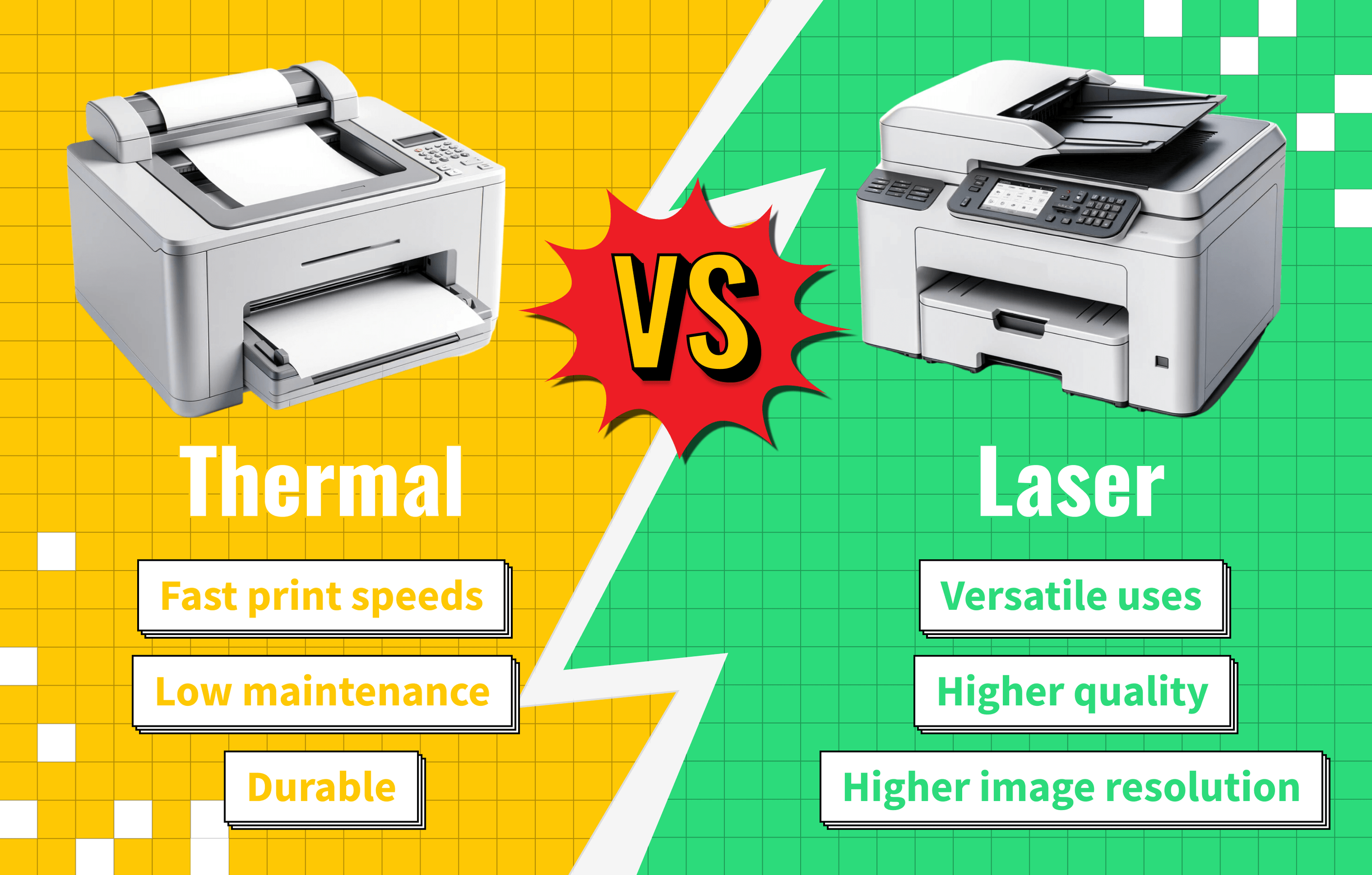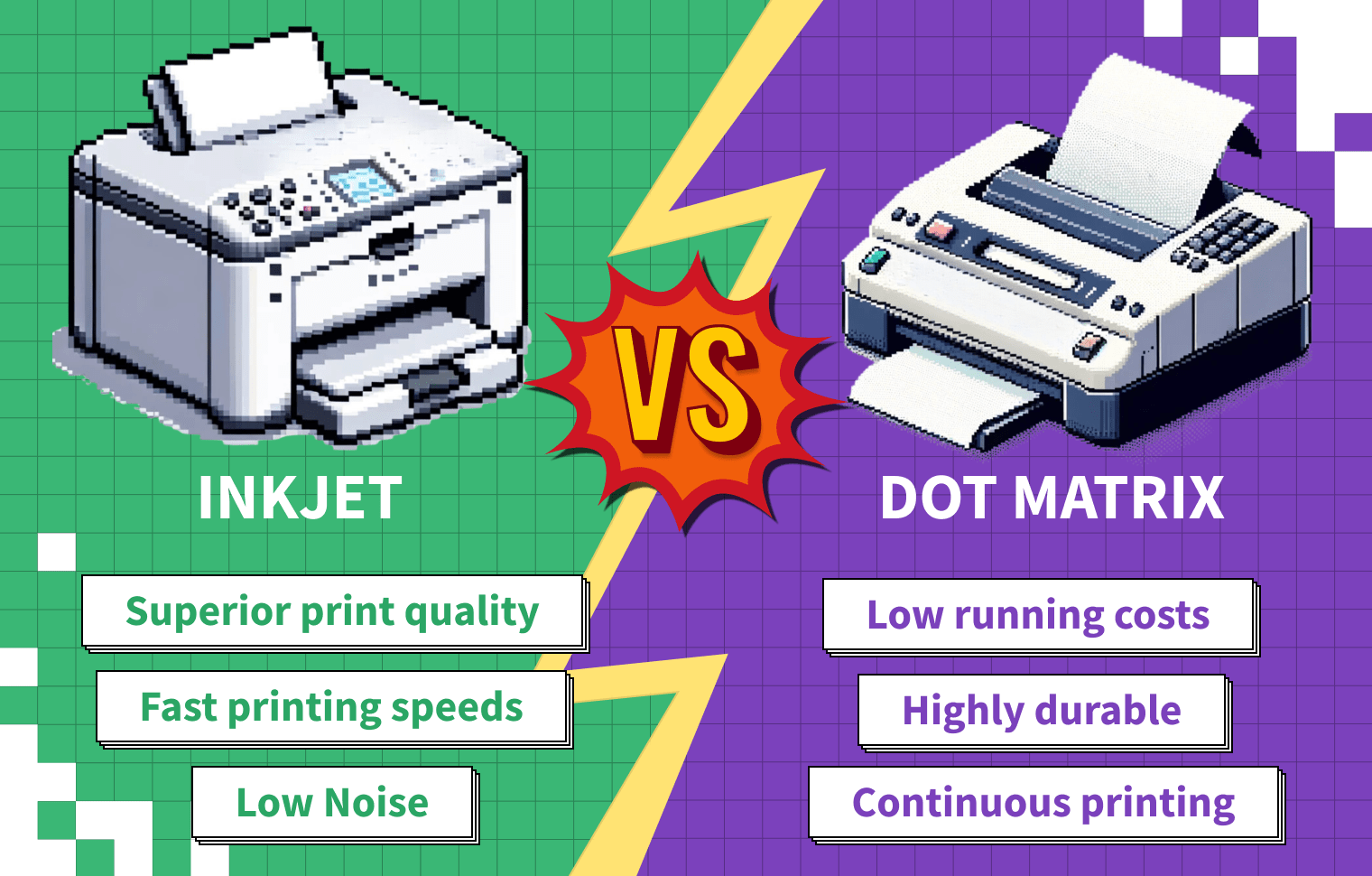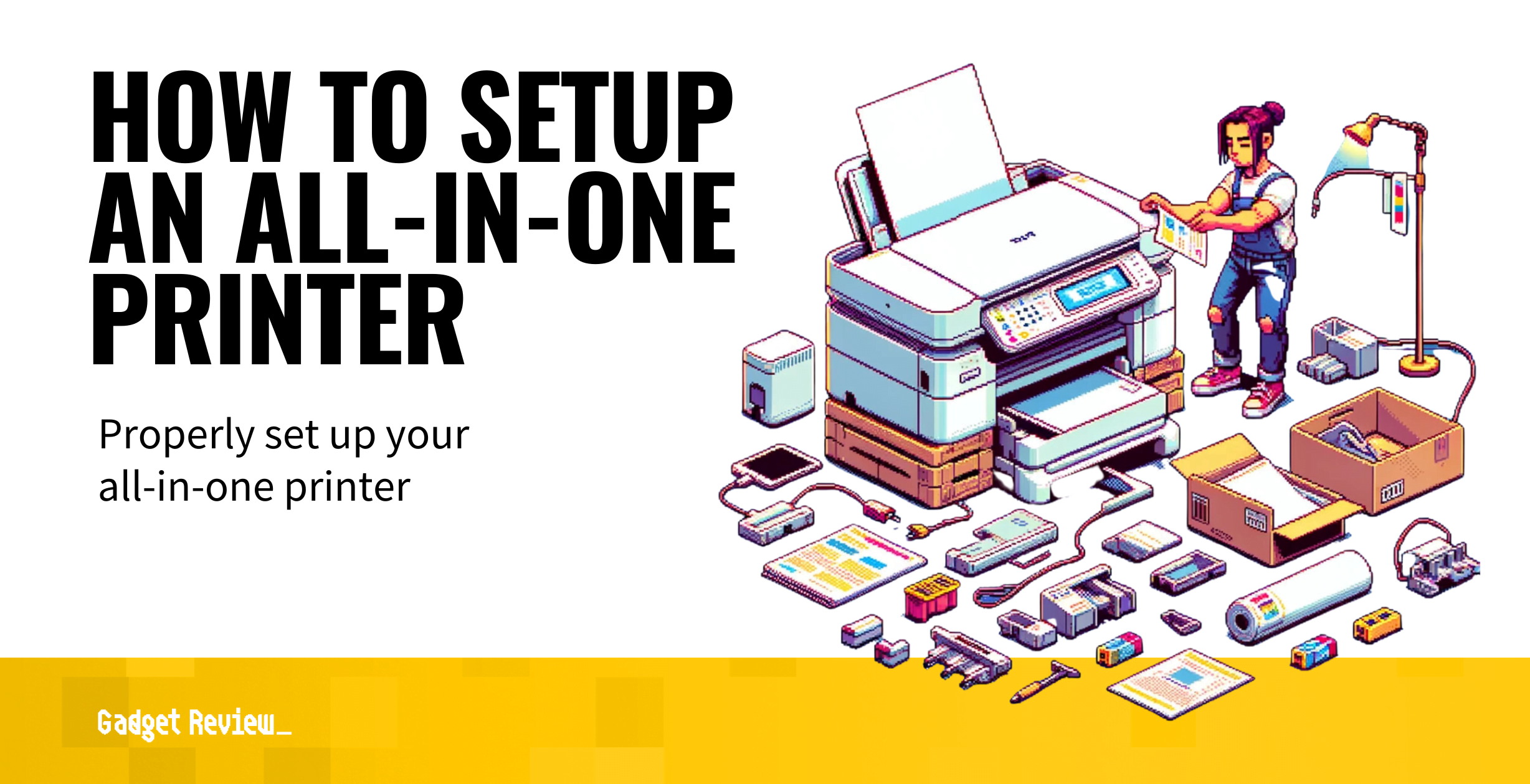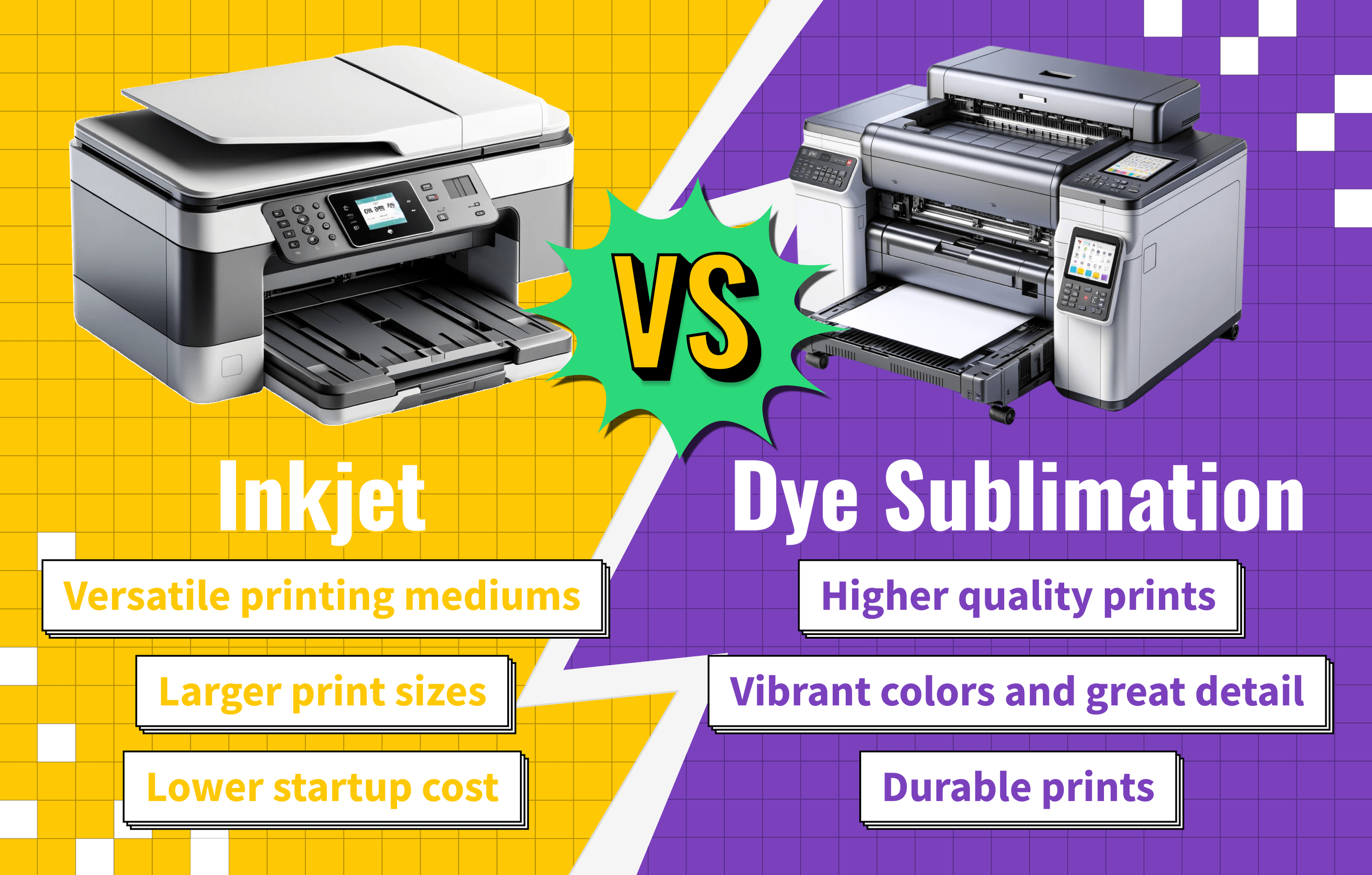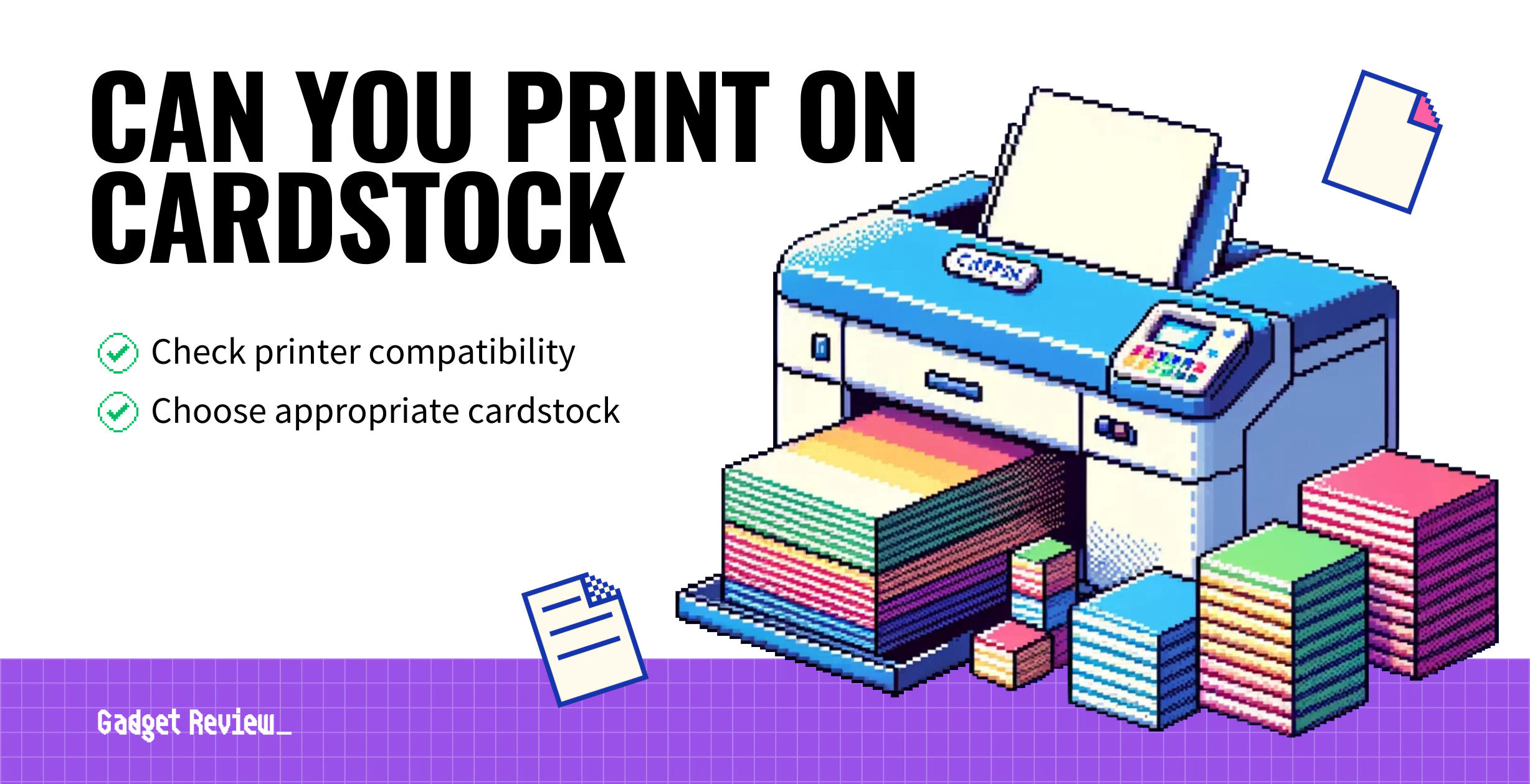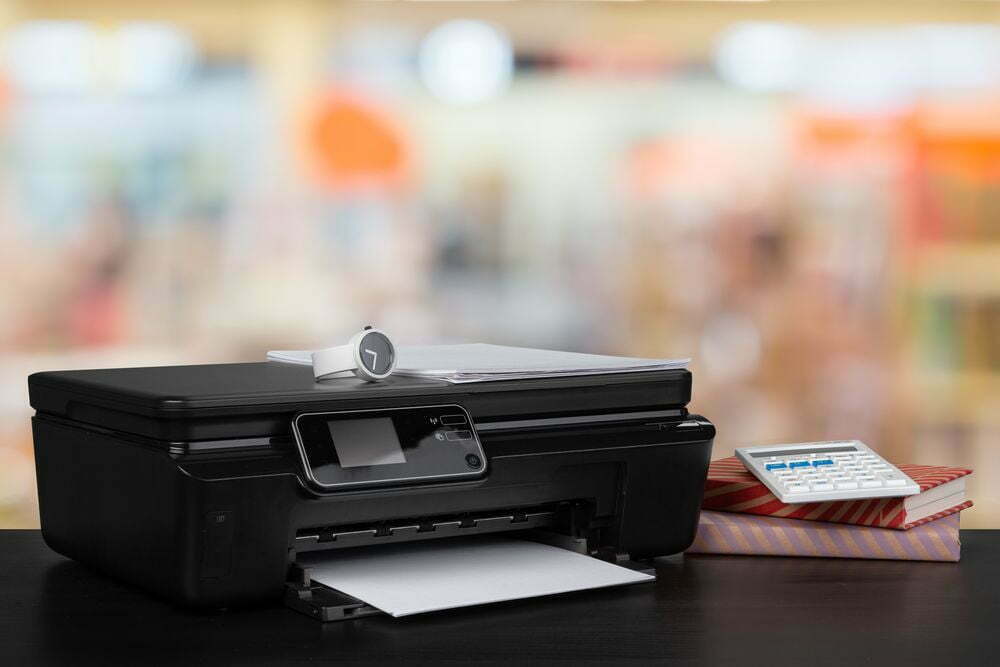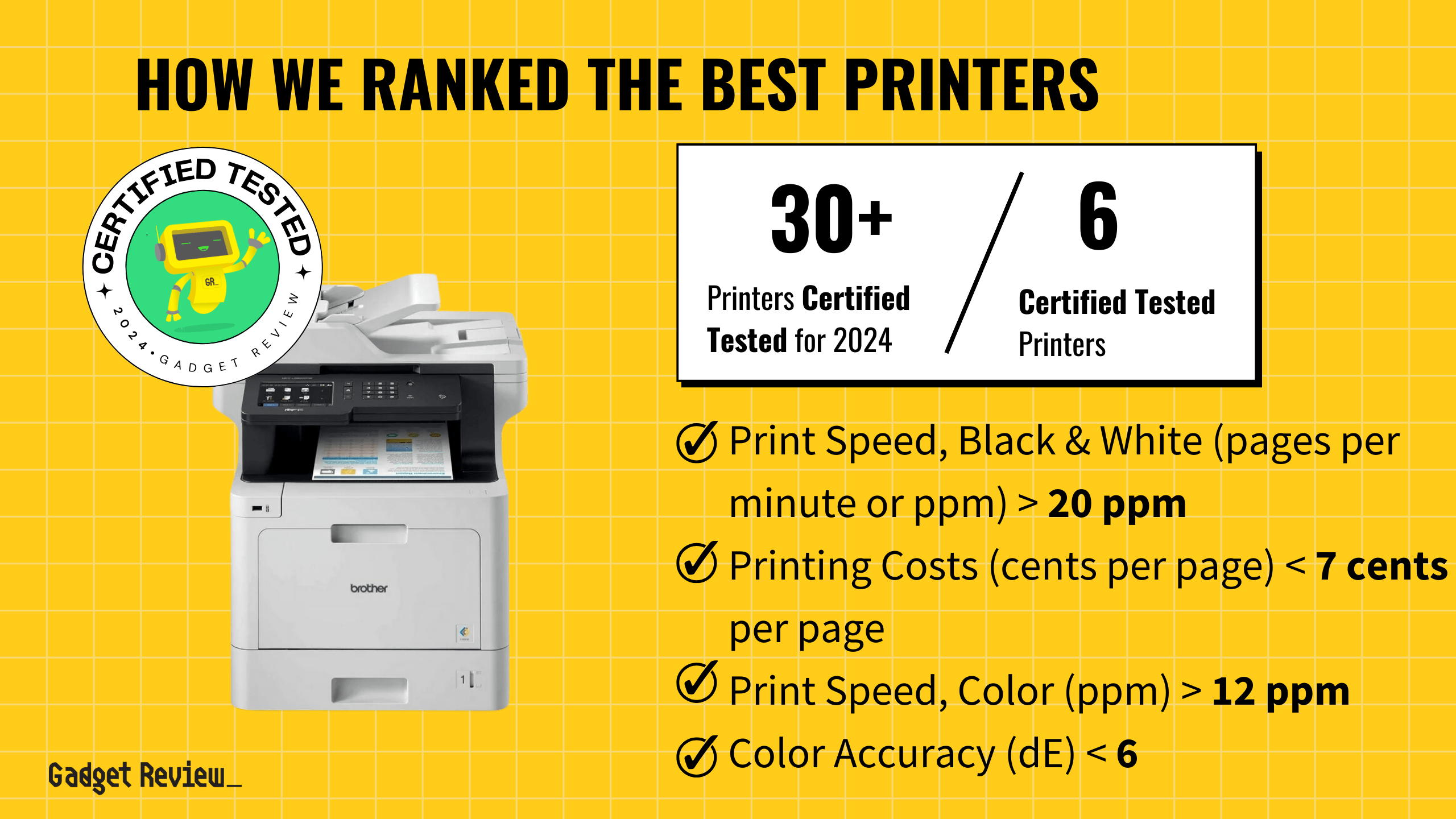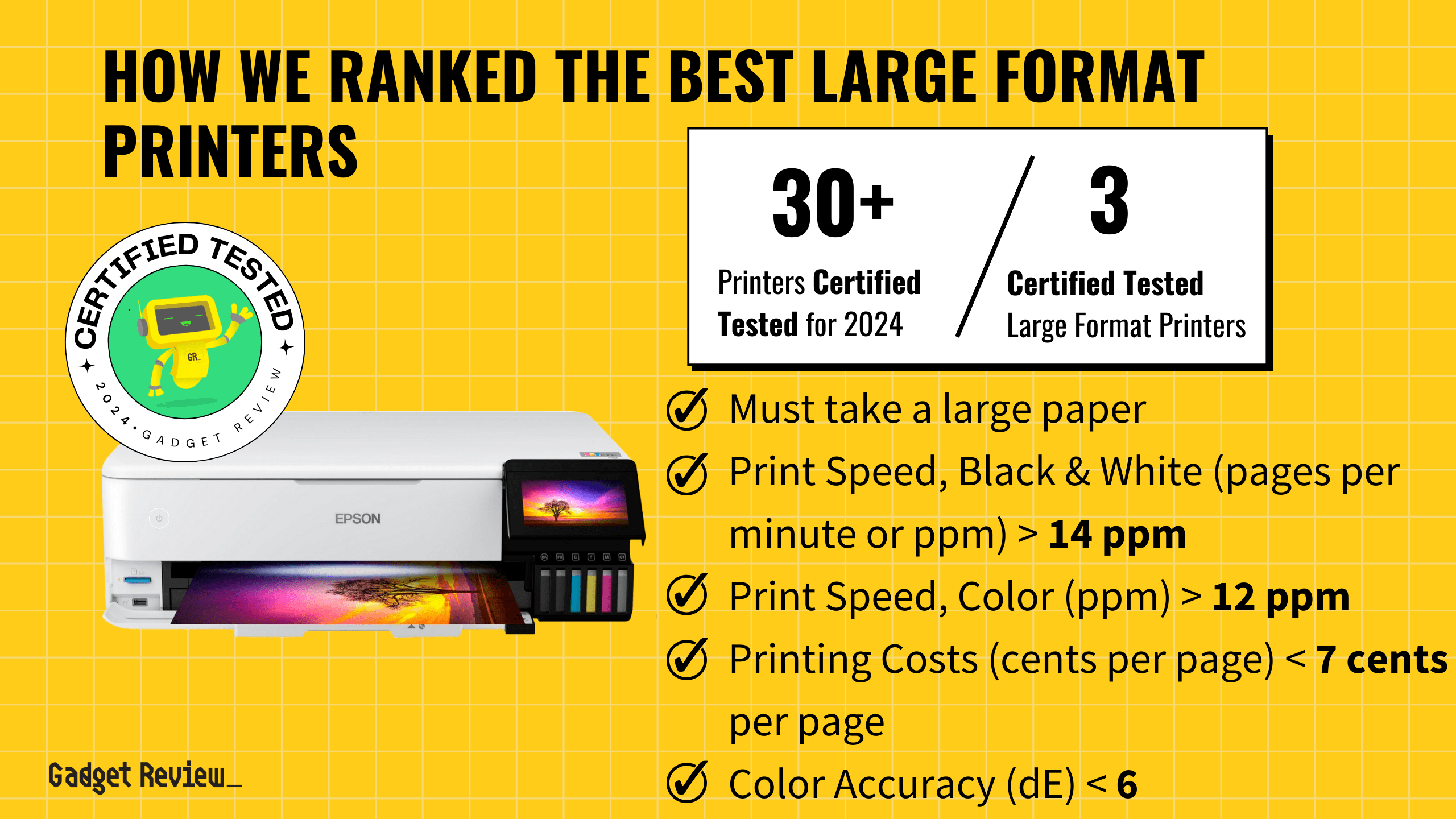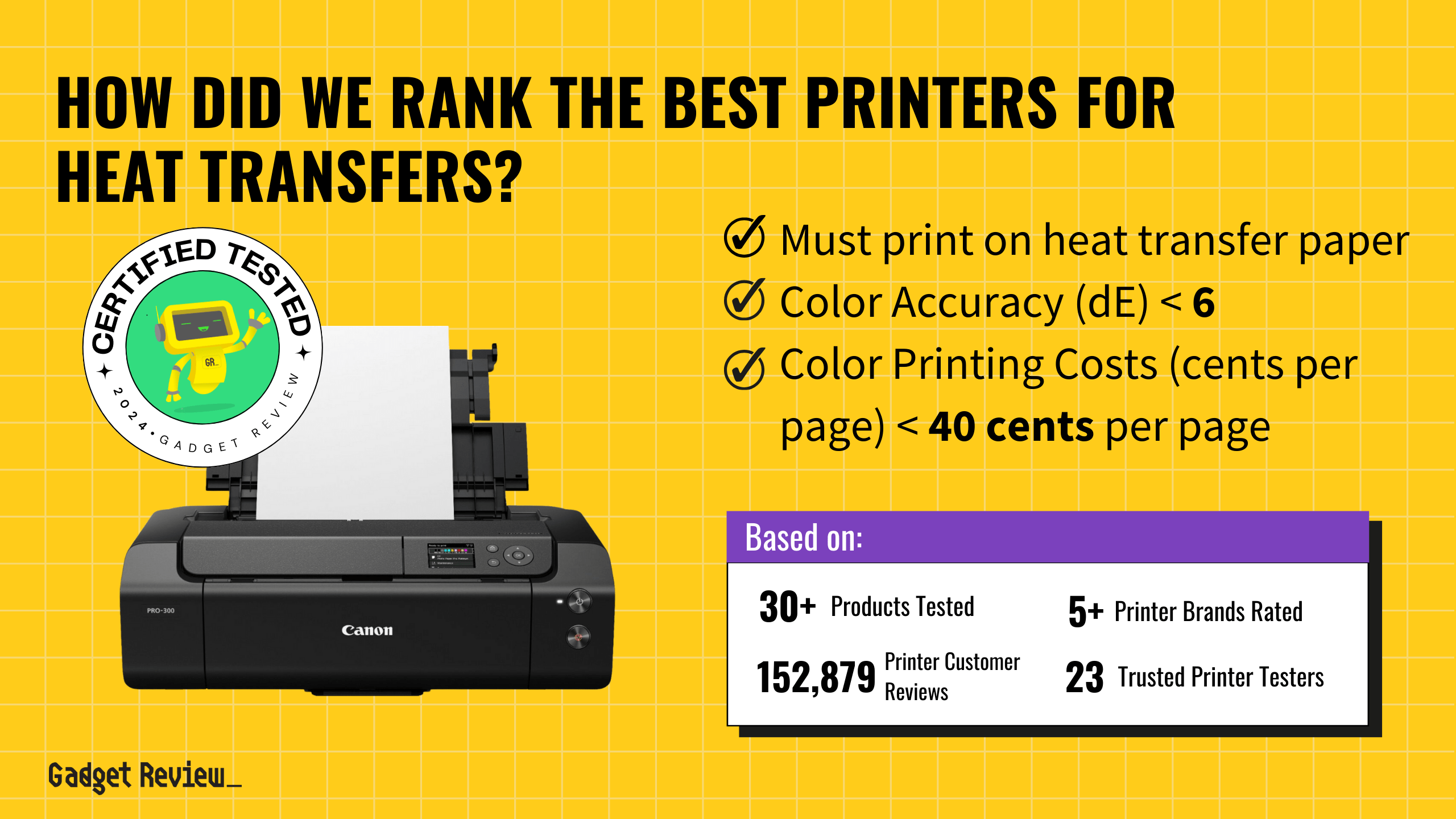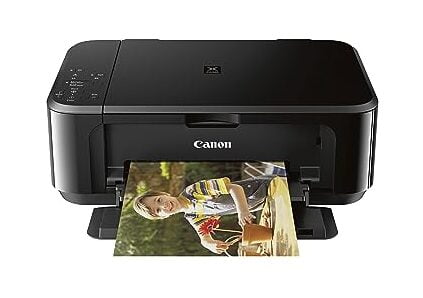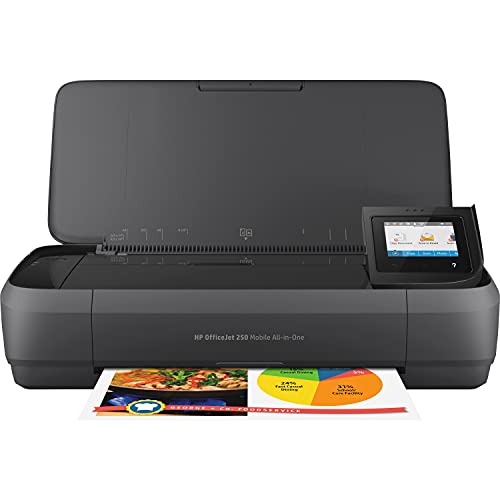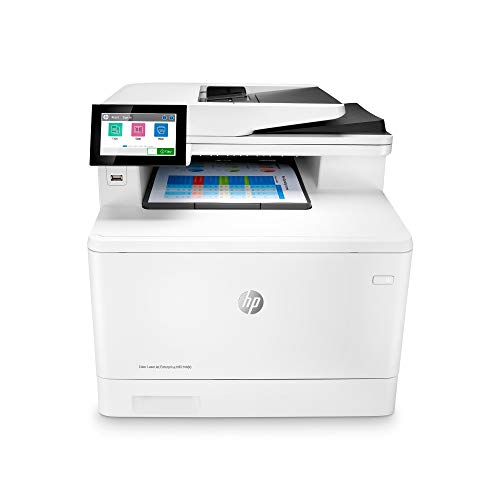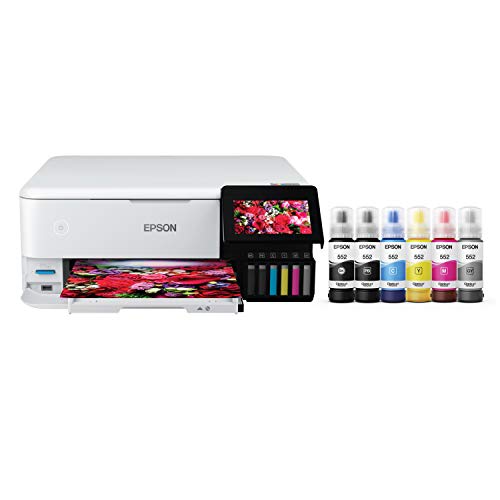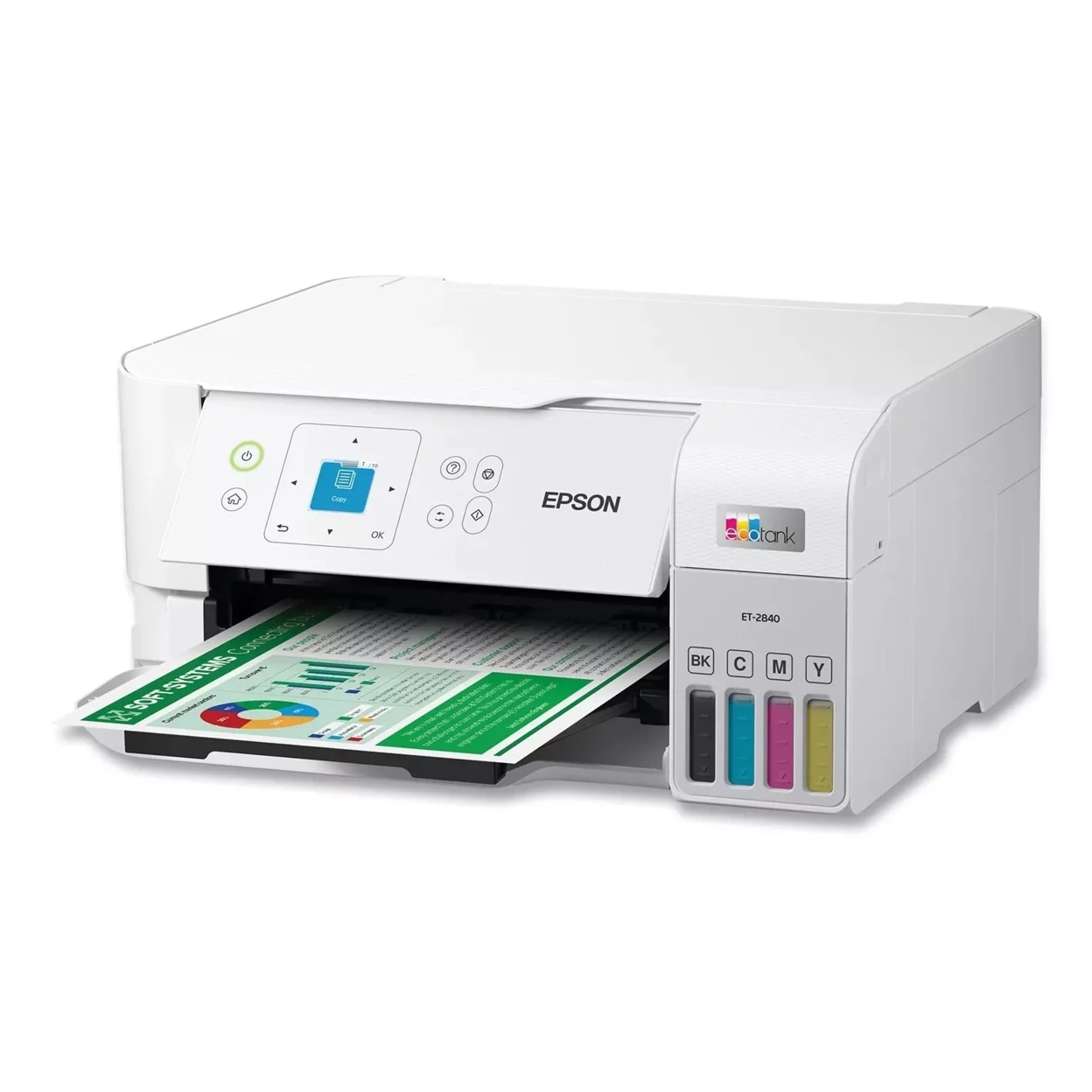Laser and thermal printers are two very distinct types of printing technologies and, as such, have advantages and disadvantages against each other. Thermal printers use heat on special thermal paper to produce images or text, whereas a laser printer uses a laser beam and static electricity to create an image or text on paper.
If you’re looking for the best printers, there are endless options on the market, and depending on your needs, understanding the pros and cons of these two printer types can help to make sure you choose the right printer.
Comparing a Thermal and a Laser Printer
For starters, let’s talk about how these two printers work. There are two common types of thermal printing technologies.
- Direct Thermal Printing: The print head selectively heats thermal paper to create the image or text. Commonly used to create labels, shipping labels, and receipts.
- Thermal Transfer Printing: This type uses a ribbon, which transfers ink onto paper when it is heated. This method is more durable and long-lasting, and since it does not require thermal paper, can be used for more types of print media like vinyl, polyester, and nylon. Commonly used for barcodes
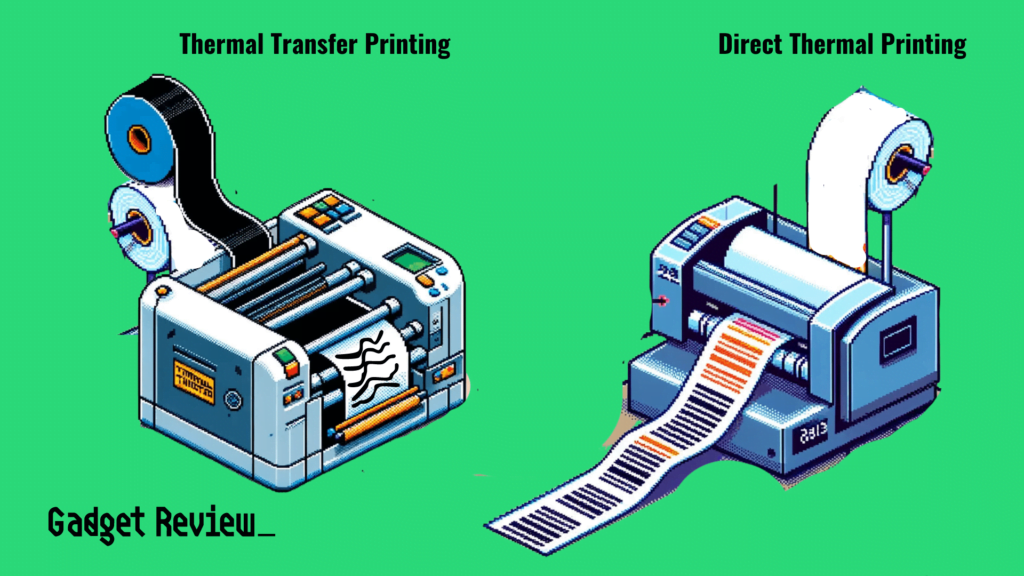
While both printing techniques use heat to print the image, the usage is vastly different.
Direct thermal printers have a print head made of heated elements that a specially coated thermal paper runs through. These printers have far fewer moving parts than a laser printer which helps with printing speed as well as lower maintenance requirements.
However, because of the way thermal printers create the image, they have far fewer application uses.
On the other hand, a laser printer uses heat to bind the toner dust onto the paper. They are far more versatile and are suitable for a wide range of printing needs.
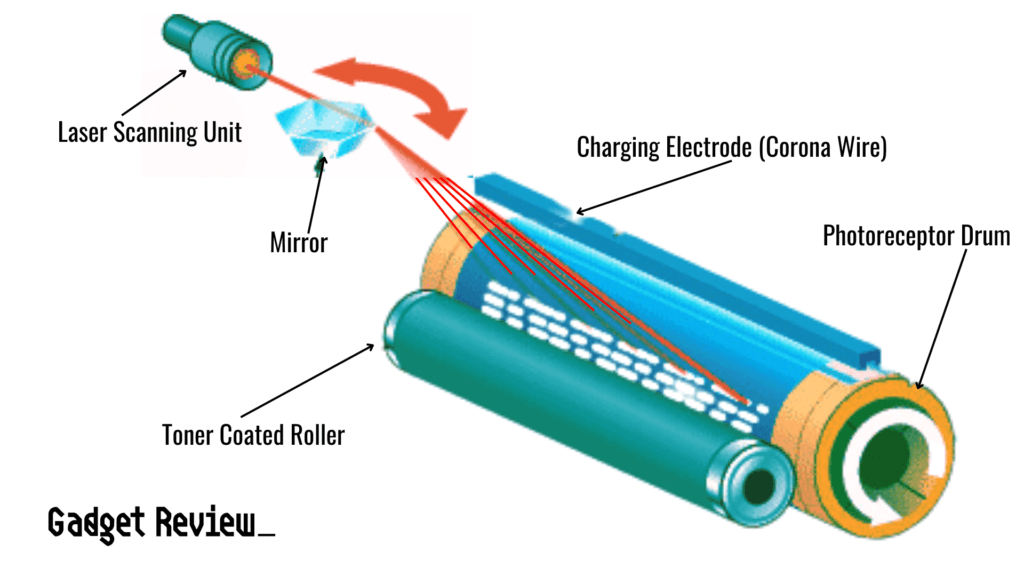
For more specific comparisons between them, keep reading.
Image Quality
If you’re looking for high-resolution images, you’ll want to stick with laser technology for your next printer. A laser printer is capable of producing accurate, high-quality images, while thermal images tend to be lackluster.
Color Printing
Not only are laser printers known for high-resolution images, but they’re also capable of producing gorgeous colors. On the other hand, to get color printing from a thermal printer, it must be a thermal transfer printer.
Consumers who find color accuracy important will do well to invest in laser models, specifically a color laser printer. Where color is concerned, it’s also worth comparing an inkjet vs. a dye sublimation printer.
Label Printing
Whether you’re producing products or shipping labels, it’s crucial to have a solid process. Picking out the perfect printer is the first step. Thermal label printers are great because they’re efficient and quick.
They’re also more durable, so they work well in fast-paced environments, like the backroom of a store. However, your personal needs are critical when buying a label printer. If you want a lot of colors and accurate imagery, the laser printer might be the better option. That makes this category a draw.

